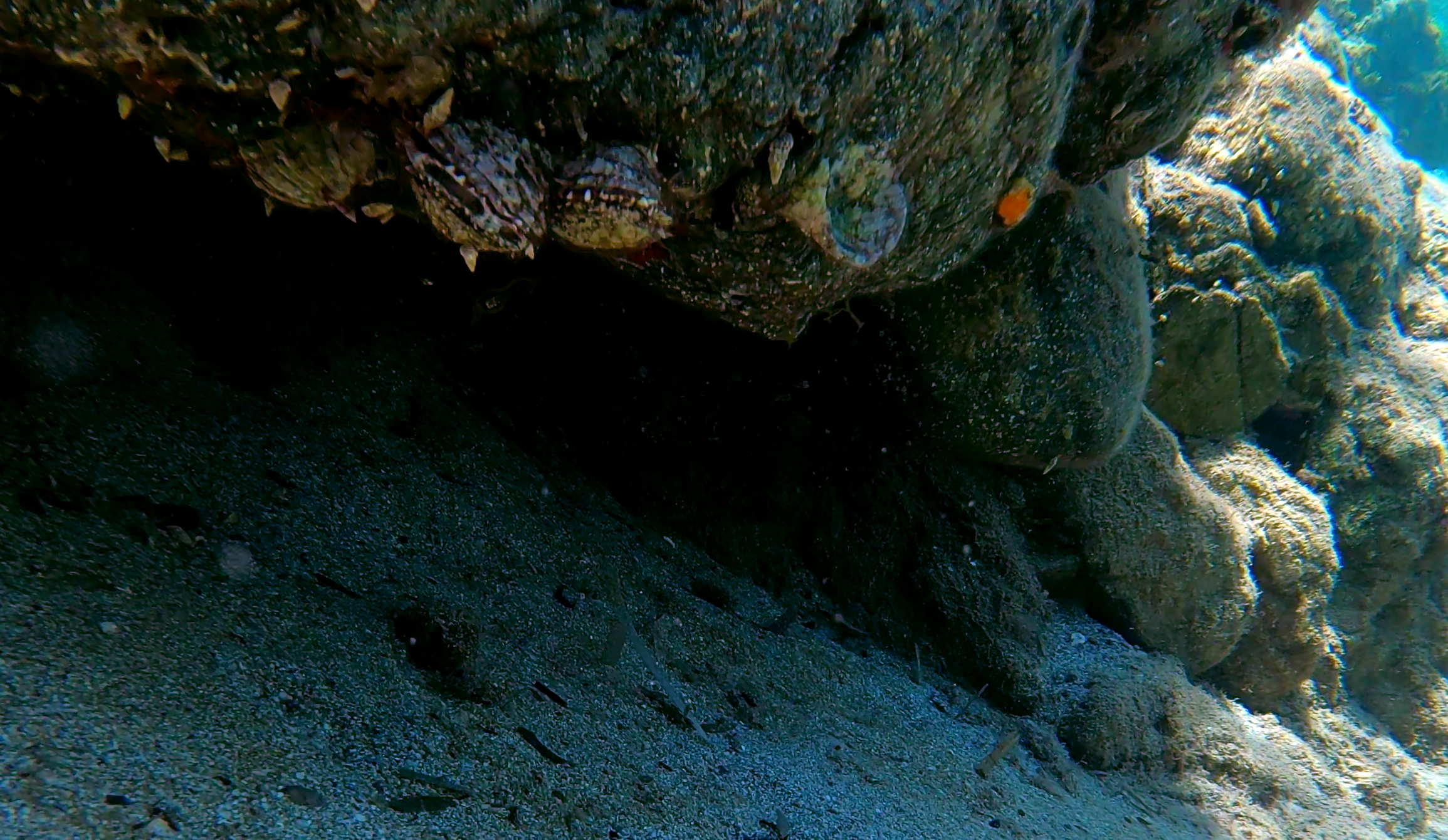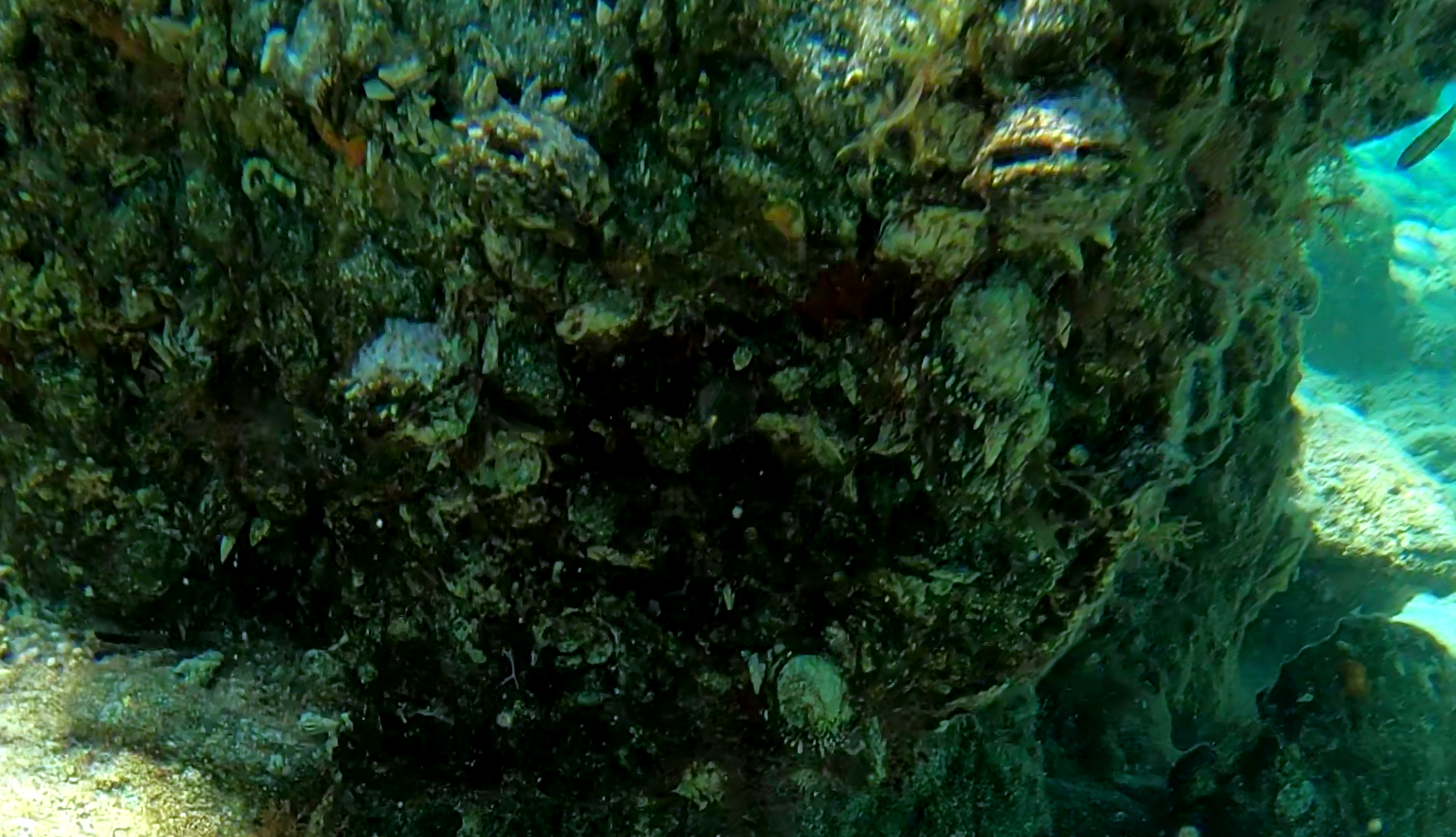Spiny Oysters - Spondylus gaederopus
This Oyster, Spondylus gaederopus, has become rare to come across for various reasons; some maintain that there has been an excessive fishing for food purposes, others maintain that their rarefaction is due to an epidemic which has affected the species. Known in Italy as Spondilo we can find it in shallow reefs up to a depth of 50 meters.
Spiny Oysters Spondylus gaederopus is a species of marine bivalve mollusc, a thorny oyster in the family Spondylidae. This species is endemic to the Mediterranean Sea. Spondylus gaederopus attaches itself to the substrate with its lower valve, which is usually white, while the upper valve is usually purple. Specimens that are all white, or all purple do, however, exist. The mollusc is edible, and is consumed in Sardinia. Ostrica Spinosa o Spondilo

Spondylus is a genus of bivalve molluscs, the only genus in the family Spondylidae. They are known in English as spiny oysters or thorny oysters (though they are not, in fact, true oyster). The many species of Spondylus vary considerably in appearance. They are grouped in the same superfamily as the scallops. They are not closely related to true oysters (family Ostreidae); however, they do share some habits such as cementing themselves to rocks rather than attaching themselves by a byssus.
The two halves of their shells are joined with a ball-and-socket type of hinge, rather than with a toothed hinge as is more common in other bivalves. They also still retain vestigial anterior and posterior auricles (“ears”, triangular shell flaps) along the hinge line, a characteristic feature of scallops, though not of oysters. Spiny oysters are found in all subtropical and (especially) tropical seas, usually close to the coasts.

Lo Spondylus gaederopus si attacca al substrato con la valva inferiore, solitamente bianca, mentre la valva superiore è solitamente viola. Tuttavia, esistono esemplari tutti bianchi o tutti viola. Il mollusco è commestibile, e viene consumato soprattutto in Sardegna. Gli Spondylus sono alimentatori filtranti. Gli adulti vivono cementati a substrati duri, caratteristica che condividono, per evoluzione convergente, con ostriche vere e scrigni. Come questi ultimi sono protetti da spine e da uno strato di epibionti e, come i primi, possono produrre perle.
Il tipo di substrato che usano dipende dalla specie: molti si attaccano solo al corallo e la più grande diversità di specie si trova nelle barriere coralline tropicali; altri, (in particolare S. spinosus), invece, si adattano facilmente alle strutture artificiali. Altre ancora si trovano spesso attaccate ad altre conchiglie, forse le più comuni appartenenti al genere Malleus.
Gallery
Video Gallery
